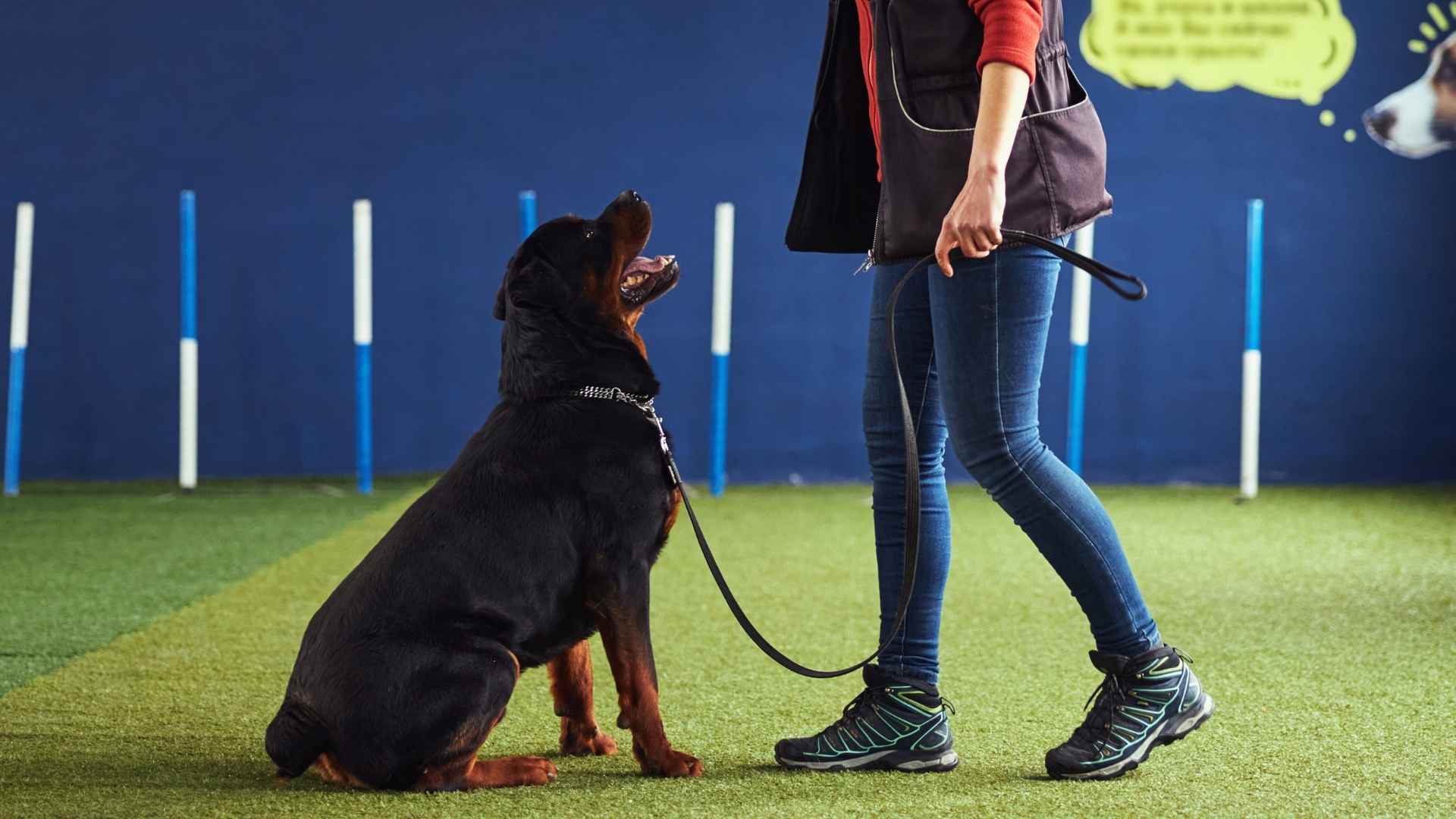According to canine intelligence researcher Dr. Stanley Coren, some dogs can learn a new command in less than five repetitions. That’s faster than most humans master a new phone shortcut.
Intelligence in dogs goes far beyond cuteness or agility—it’s about how quickly they can process, retain, and act on what they’re taught. While every dog is trainable with patience, some breeds are wired to catch on instantly.
They not only listen—they seem to predict your next move. These dogs love structure, respond to clarity, and thrive on learning. Whether you’re looking for a dog that can follow complex commands or simply sit and stay without the drama, breed choice matters more than you might think.
In this guide, we’ll walk through the dog breeds that are consistently ranked as the fastest learners—those that make training not just easier, but genuinely fun from the very first session.
Dog Breeds That Learn Commands Instantly
1. Australian Shepherd
Australian Shepherds are known to respond to new cues in just a few repetitions, especially visual ones. Their working background helps them retain patterns and signals quickly. This natural memory gives them an edge in structured learning without repeating commands excessively.
High Energy Meets Mental Control
Their quick response comes from an energy level that thrives under routine and challenge, as per Showsight Magazine. Agility-based games and structured drills help bring out their focus. When fully engaged, they often outperform many breeds in task precision and timing.
Intelligence That Needs Direction
Trainers build short, sharp training sessions to match their attention span and task-driven mindset. These dogs seek stimulation and enjoy mentally layered cues with specific outcomes. That clarity keeps them committed across multiple drills and handler changes.
Driven to Excel in Competitive Spaces
Their performance in dog sports highlights their memory, agility, and sharp directional tracking. Many excel in obedience training with consistently fast recall and understanding. They can remember dozens of words, gestures, and changes in tone when learning is reinforced actively.
2. Doberman Pinscher
Dobermans are responsive to precise verbal cues, especially when taught in low-distraction environments. Their high working intelligence allows them to follow new commands with fewer repetitions. They often pick up short verbal markers for tasks, alerts, and directional changes with ease.
Focused Attention During Tasks
They can maintain direct focus on handlers, especially during structured drills. This concentration is one reason they often excel in advanced obedience and tactical routines. Their drive to stay alert pairs well with immediate correction or praise from the trainer.
Bond-Driven Motivation to Learn
Dobermans are highly handler-sensitive and respond best to calm leadership and confidence. They learn faster with a consistent voice tone and rewards based on positive reinforcement. Harsh or inconsistent cues tend to slow progress in training environments.
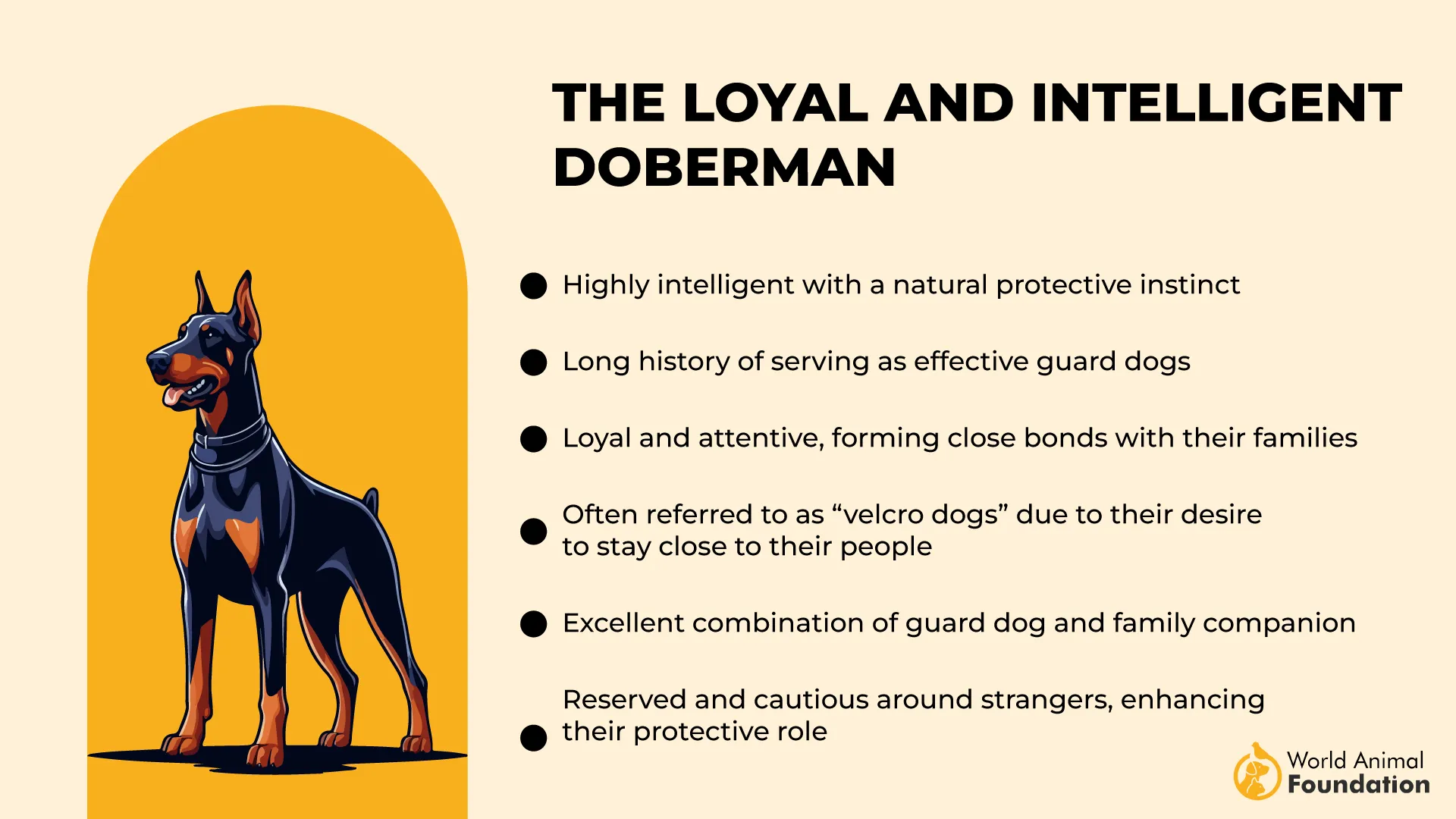
Stimulation Prevents Repetitive Behavior
They require varied sessions that combine movement, recall, and sensory tasks for mental stimulation. Without this structure, they can lose interest or repeat known behaviors. Among obedient dog breeds, Dobermans benefit the most from challenge-based practice that taps into their sharp problem-solving ability.
3. Miniature Schnauzer
Miniature Schnauzers are highly alert and quick to associate commands with rewards or tasks, as stated in Vets Love Pets. Their sharp hearing and keen observation help them catch subtle tone shifts. Even small environmental cues, like hand placement, are often enough to prompt a learned action.
Eager to Respond When Engaged
They enjoy puzzle-solving and respond best to structured learning routines that stimulate curiosity. Their body posture during training often shifts slightly when they anticipate a command. This instinctive focus makes them ideal for short but consistent learning bursts.
Assertive But Trainable with Structure
Their independent streak doesn’t hold them back when given firm, proper training with clear boundaries. Owners who maintain authority while allowing for task-driven games often see faster progress. This balance brings out their natural desire to perform specific tasks confidently.
Excels in Task-Based Roles
They’ve been ranked among the top 20 in studies evaluating smart dog breed performance across multiple trials. Their quick reaction time is noticeable in agility courses, especially in timed obstacle runs. That skill makes them a favorite in structured group training settings.
4. Border Collie
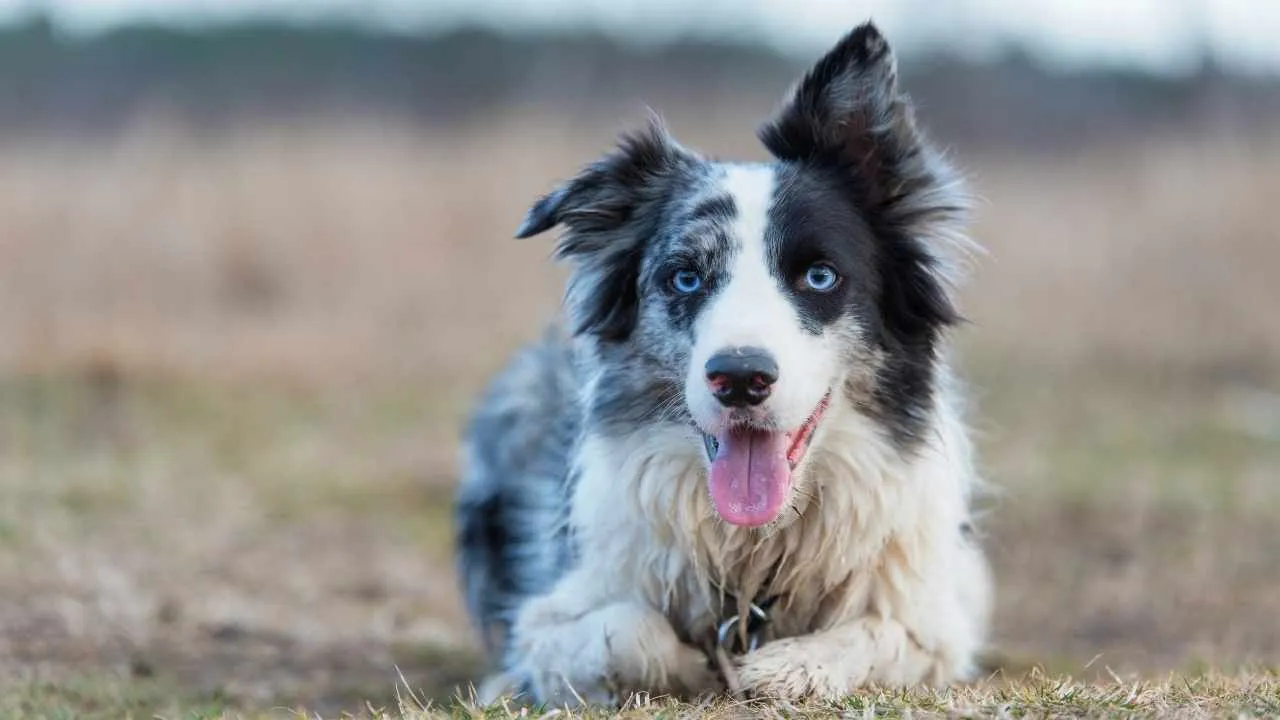
Border Collies are recognized for their unmatched ability to learn new commands in fewer repetitions than most breeds. Their working intelligence ranks among the highest in canine studies. This capability is rooted in years of purposeful herding development across farms in the British Isles.
Reaction Time Matched with Precision
They track hand cues and voice tones quickly and react with remarkable timing during drills and redirection. Their speed is driven by internal focus, not hyperactivity. When guided with timing and clarity, their responses are precise even in dynamic settings.
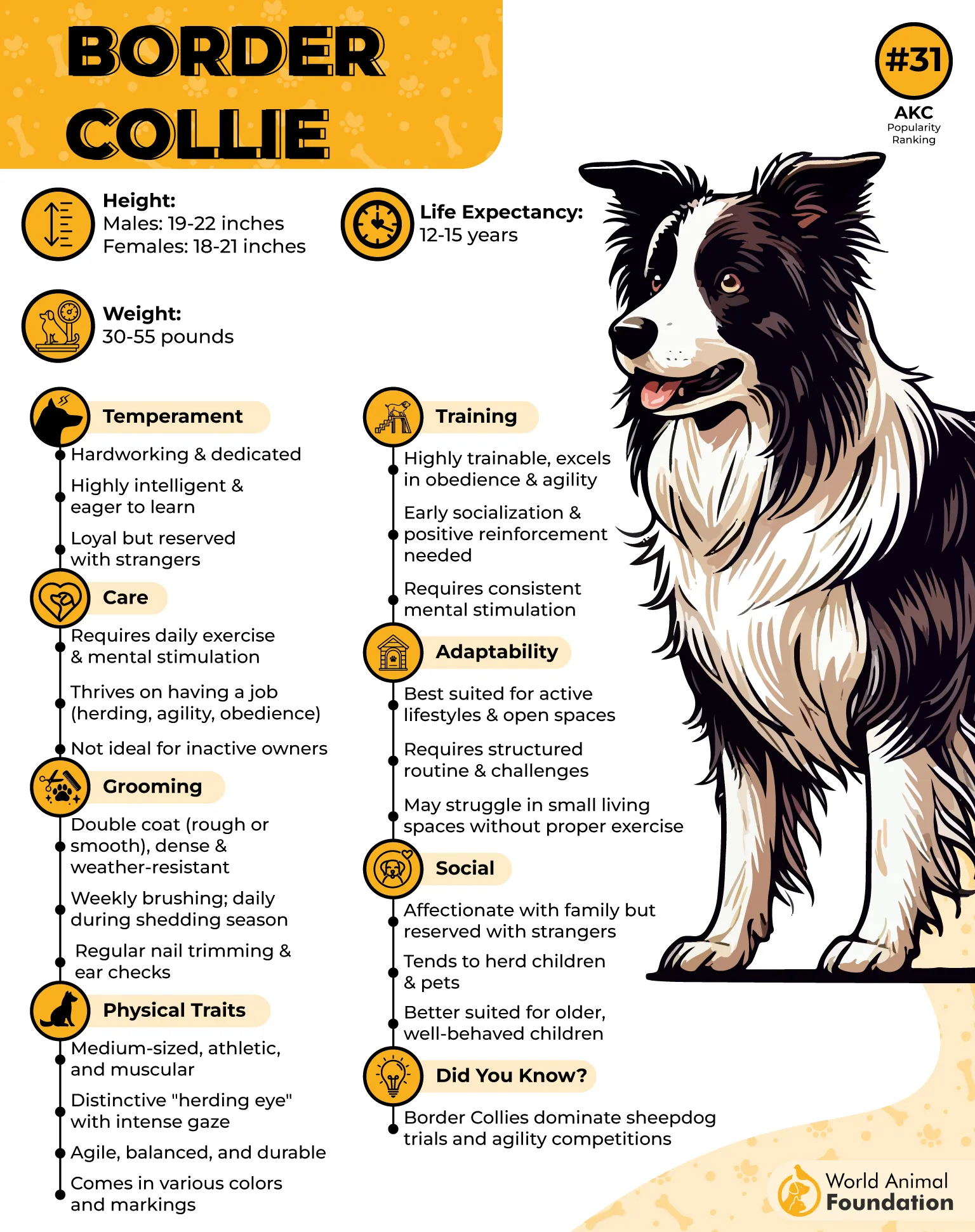
Routine Sharpens Their Skills
Without structured engagement, they may create their own challenges that aren’t always productive. Trainers rely on consistent training to keep their minds aligned with the handler’s pace. Clear boundaries, repetition, and feedback help reinforce tasks that evolve over time.
High Drive Paired with Loyalty
These are naturally energetic dogs with sharp alertness and a task-first mindset in open spaces. They are deeply eager to please, responding best when praise and responsibility are balanced. Many can retain hundreds of cues with layered verbal and physical signals.
5. Golden Retriever
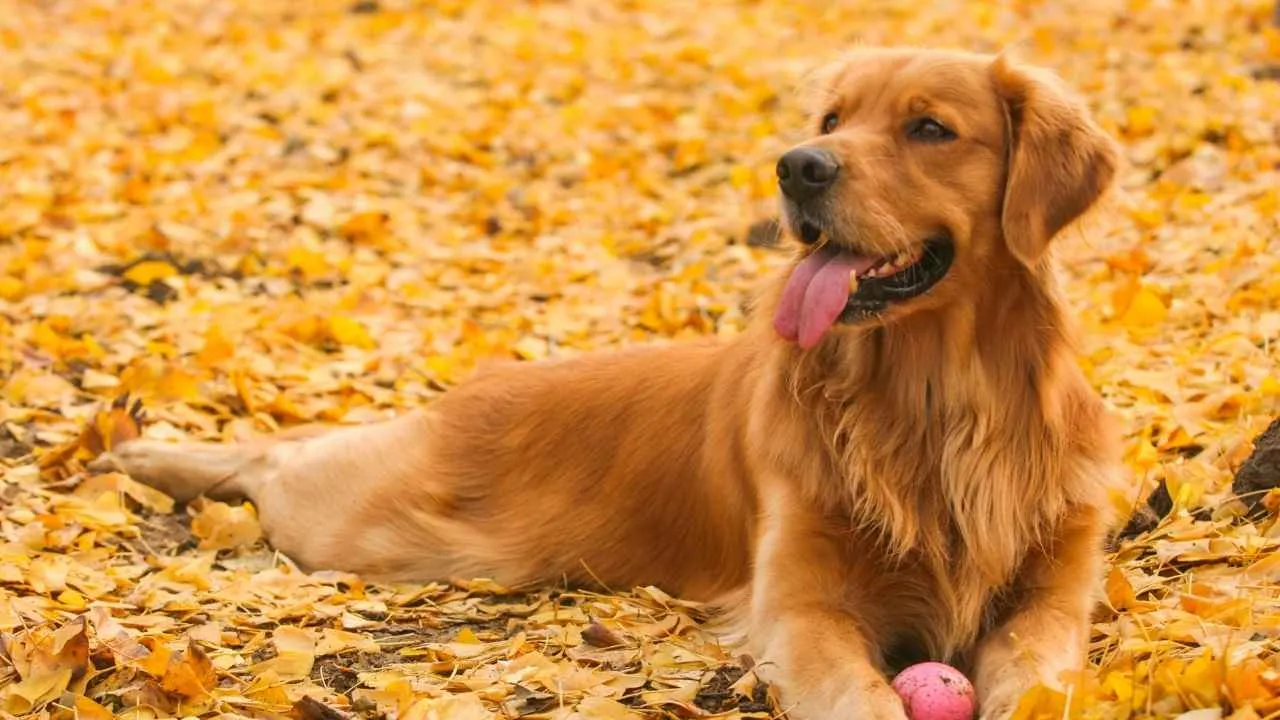
Golden Retrievers consistently rank among the most intelligent dog breeds, especially for adaptive learning. Their ability to interpret body language and vocal cues helps them react quickly to handlers. They often retain commands even after short exposures and respond smoothly in new environments.
Calm Temperament Supports Quick Learning
Their even energy levels make them ideal for steady routines, without overstimulation. They stay focused through long repetitions without losing interest or needing redirection. This stability is one of the main reasons trainers recommend them for advanced obedience work.
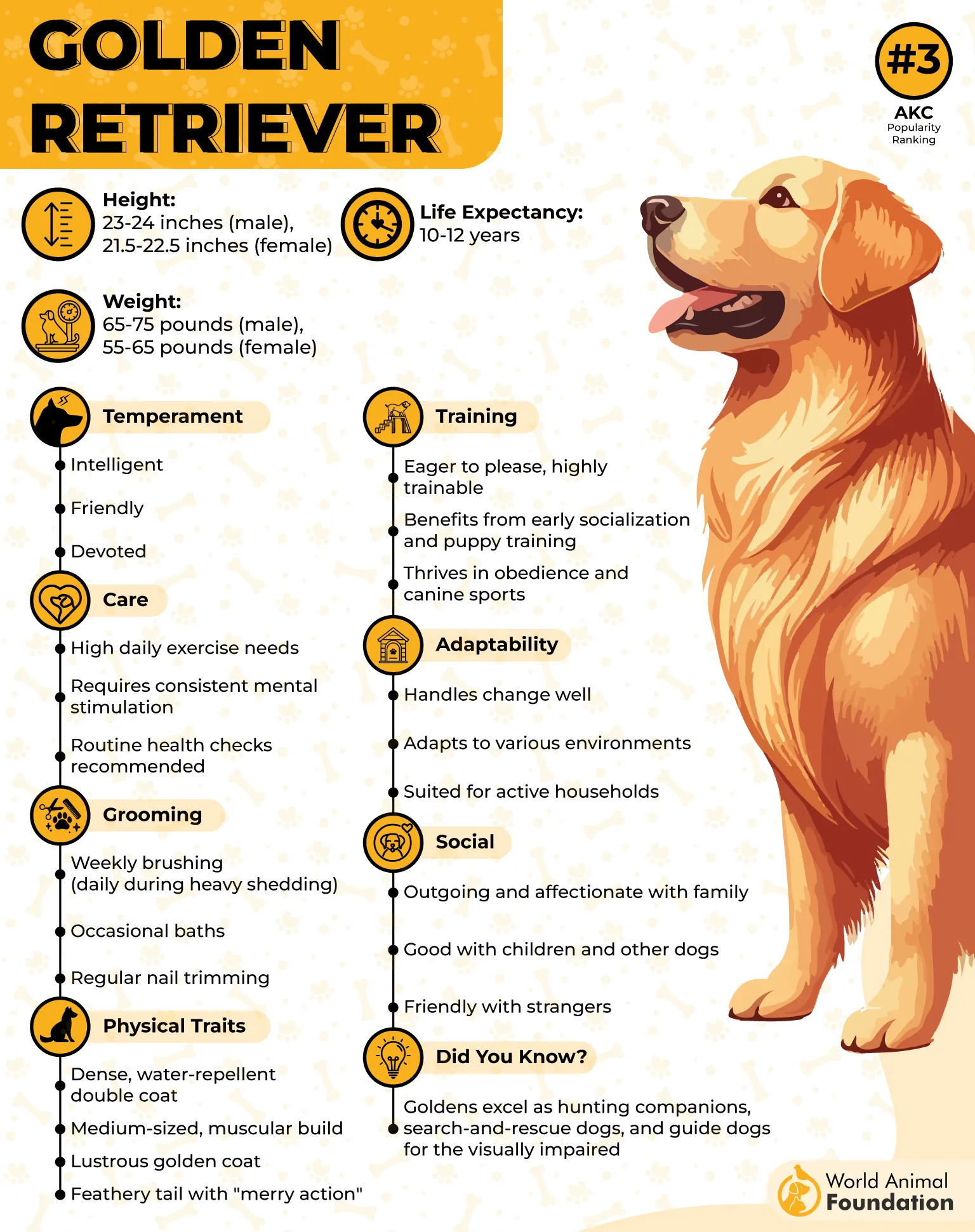
Communication That Goes Beyond Commands
Retrievers naturally tune into facial expressions and tone, often responding before a command is finished. This emotional intelligence makes them easier to guide using tone and eye contact alone. With clear instructions, they often anticipate what’s coming next without hesitation.
Social Nature Enhances Their Trainability
They enjoy learning in group settings and often mirror behaviors from other dogs during structured play. Their willingness to please makes them easy to train in both indoor and outdoor environments. From retrieving tasks to impulse control drills, they adjust quickly with positive feedback.
6. Labrador Retriever
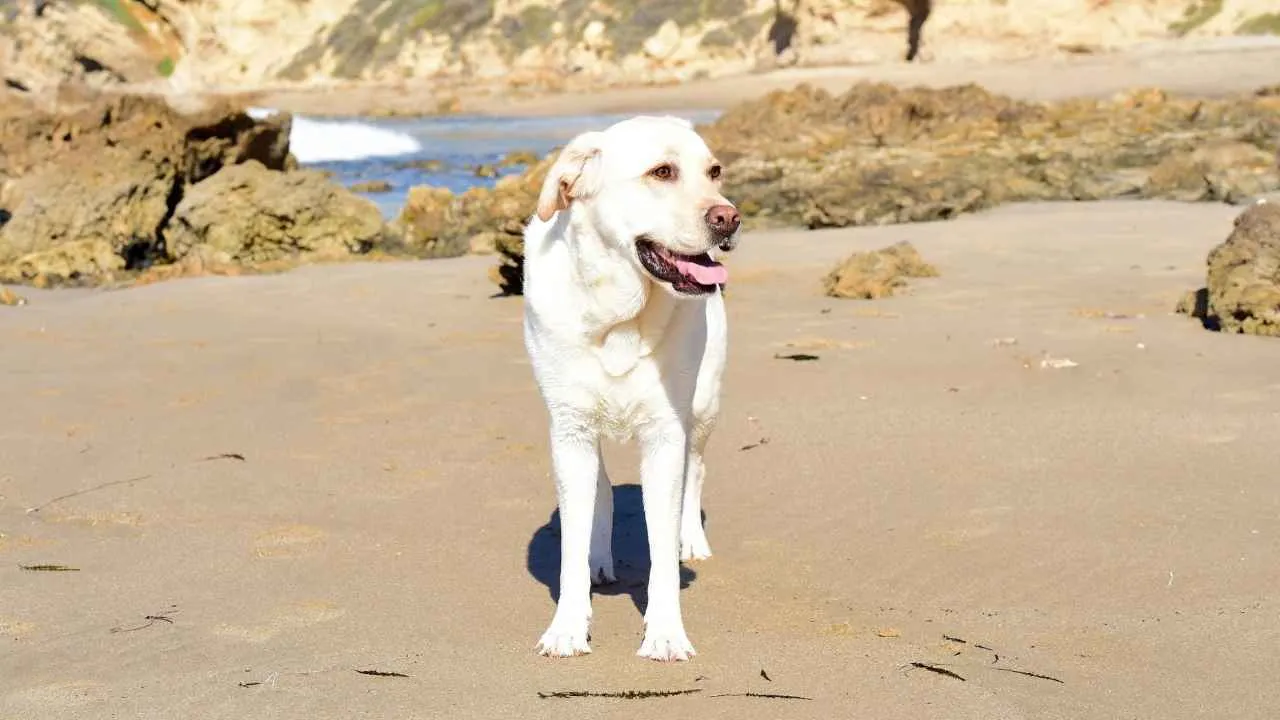
Labradors pick up basic cues quickly and are ranked among the top breeds for working and obedience intelligence. They’re often ready to follow simple instructions within the first few minutes of introduction. Their listening habits strengthen with tone familiarity and handler consistency.
Drive to Please With Structured Input
They respond well to consistency and structure, especially when guided through food-reward-based learning. Their adaptability shows in both individual and group training environments. Routine helps them lock into tasks without losing focus midway.
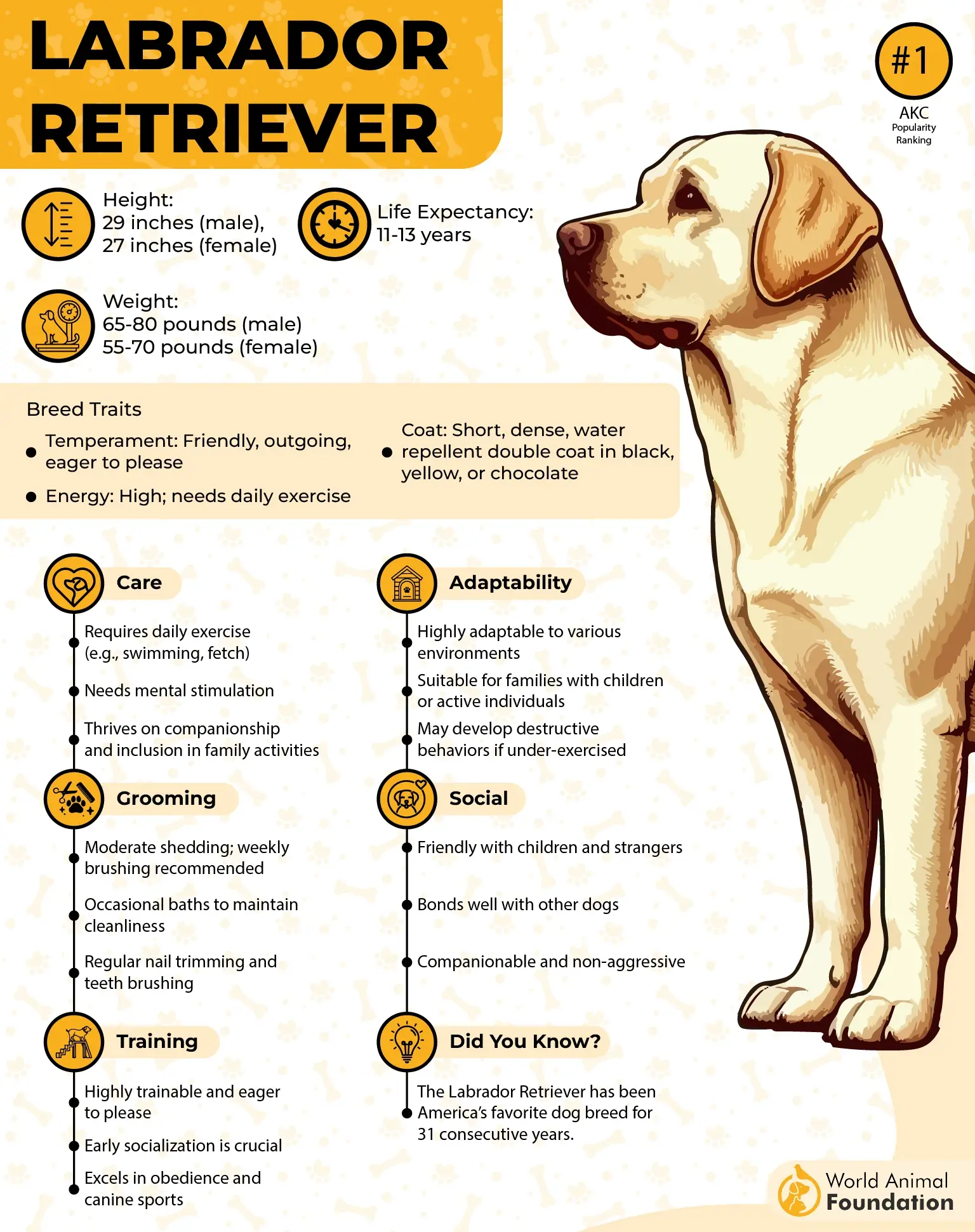
Built for Task-Oriented Learning
Labs learn best when activities mirror problem-solving tasks or handler-focused drills. Short bursts of command-driven games often improve retention better than repetition alone. Their attention span holds best when physical motion is paired with verbal cues.
Stars in Service and Competition
Many Labs perform as service dogs because of their emotional steadiness and high command retention, as NSAR claims. Their success in agility and obedience competitions is often linked to their willingness to engage without distraction. They are considered incredibly intelligent in both structured and dynamic training settings.
7. Papillon
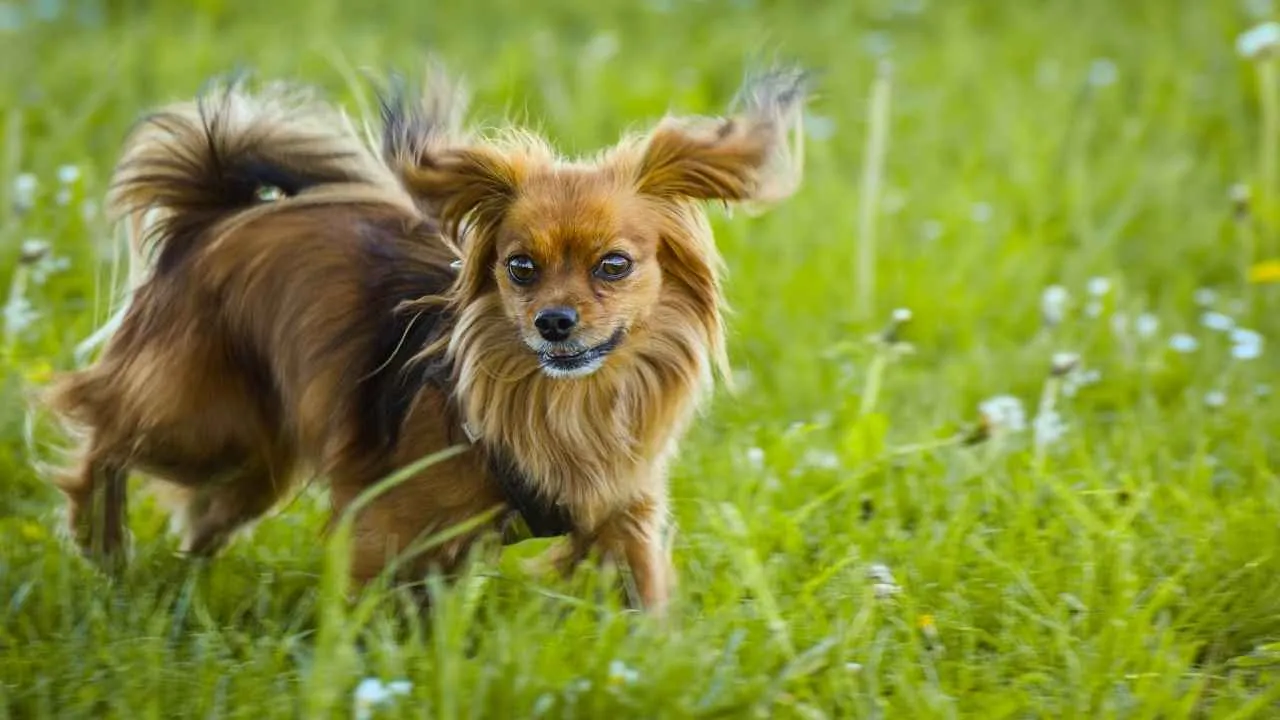
Papillons may look dainty, but their learning speed rivals many large working breeds. They register verbal and hand commands within a short span of repetition. This quick processing stems from their alert nature and fast-twitch mental responses in new environments.
Memory That Sticks with Precision
They retain learned tasks easily, even if they haven’t practiced for a while. This breed excels when sessions build gradually and involve clear rewards. Their curiosity helps them follow and recall cues without depending on loud or exaggerated prompts.
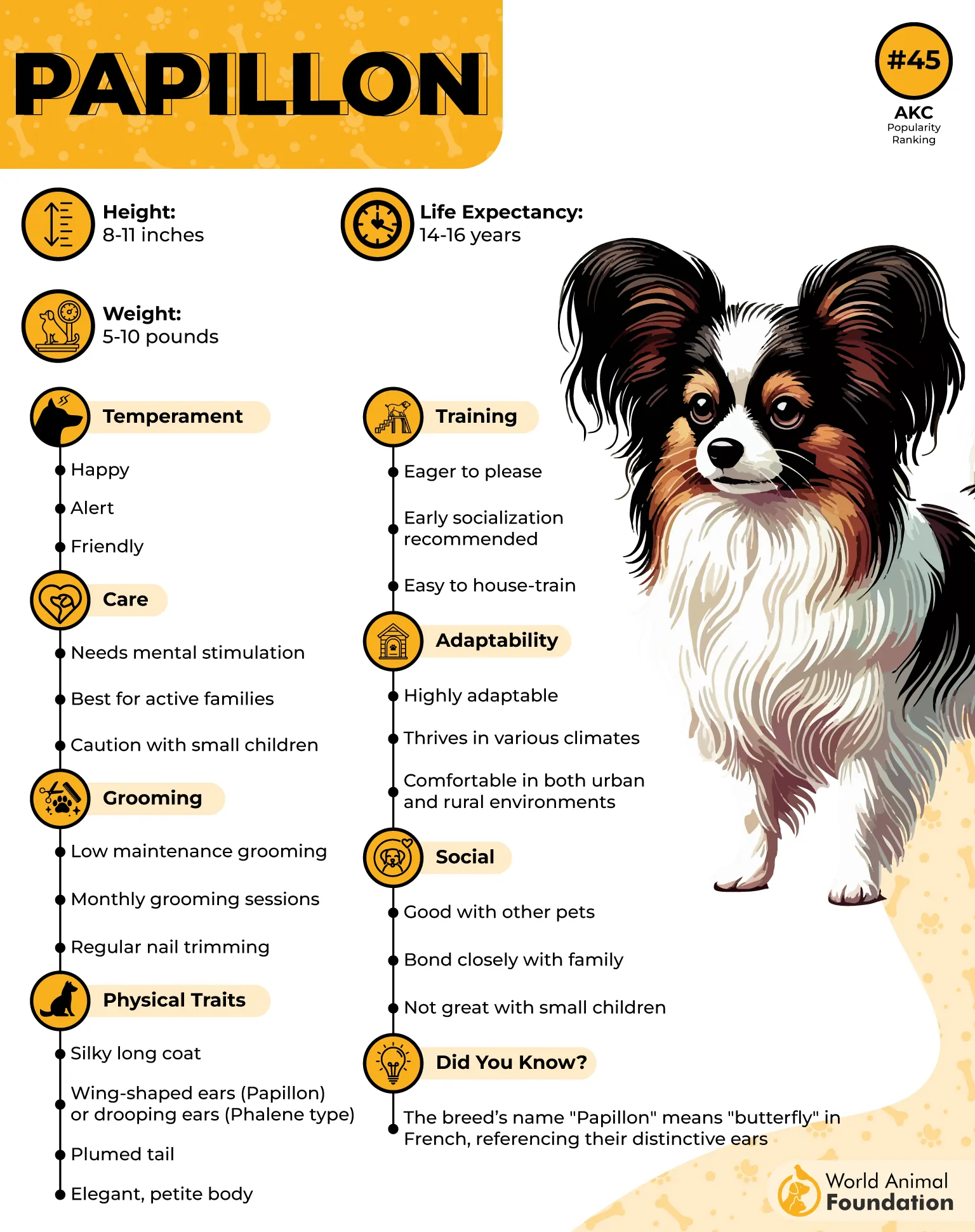
Thrive in Structured Learning
Papillons respond well when activities are short, focused, and tailored to their pace. Their eagerness makes training sessions more like play than drills. You’ll often notice their head tilts and quick blinks as signs they’re decoding what’s coming next.
Smart and Easily Engaged
Among certain breeds, they stand out for their small size and high trainability balance. Their compact build hides a strong dog’s ability to track, signal, and recall actions quickly. The breed’s high attention span contributes to its success in competitive obedience.
Conclusion
Some dogs just pick things up faster. Whether it’s basic obedience or complex tricks, certain breeds stand out as quick learners because of how they’re wired—both mentally and emotionally.
From small dogs like the Papillon to larger breeds with boundless energy, every dog in this guide was originally bred for roles that required focus, communication, and problem-solving. Their eagerness to please, gentle nature, and drive to stay mentally active make them some of the easiest dogs to train.
Even without prior experience, owners will find that these dogs are highly intelligent, highly motivated, and ready to form strong, cooperative bonds that last well beyond the training stage.


